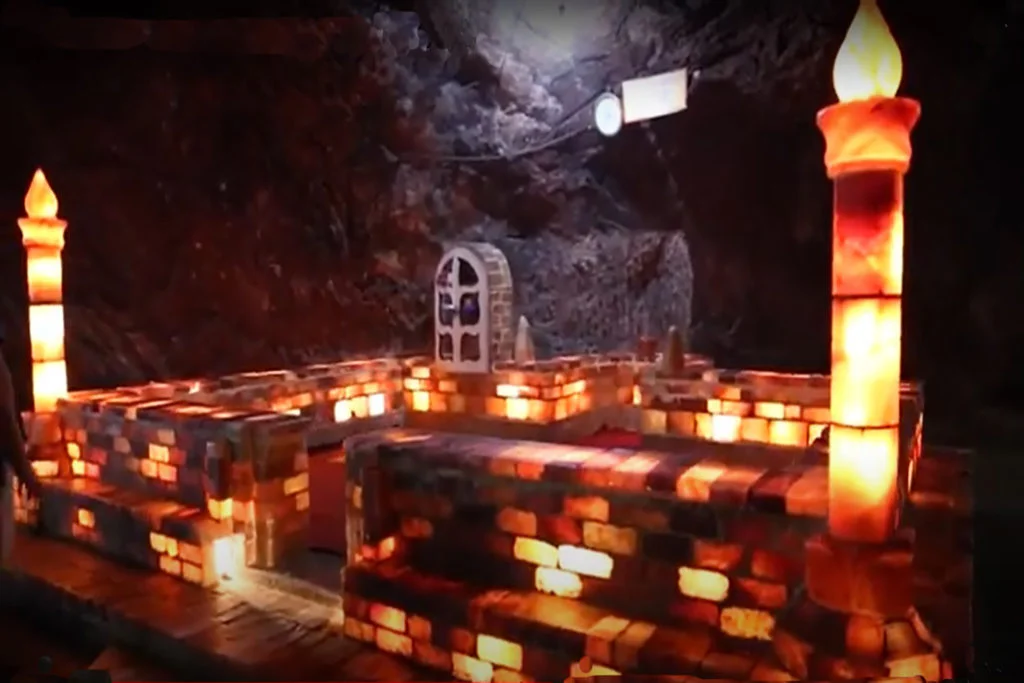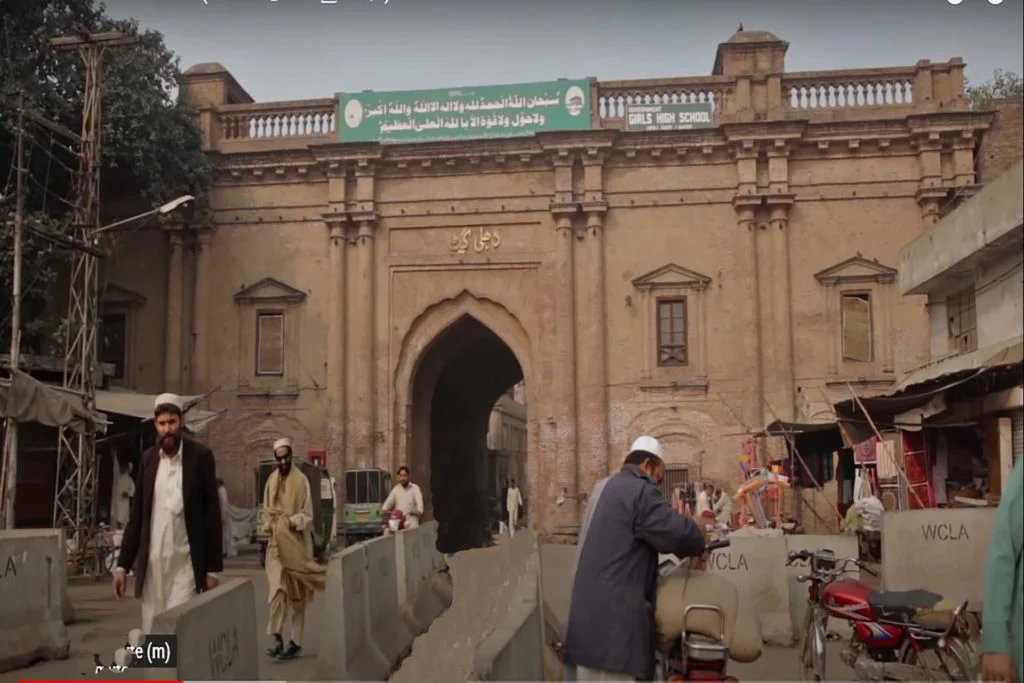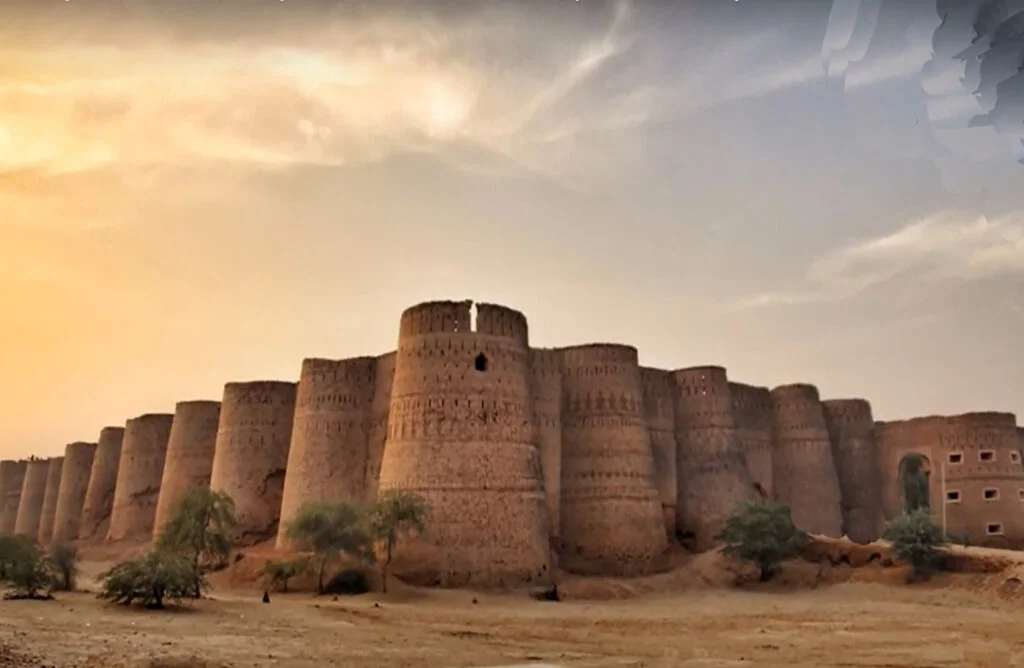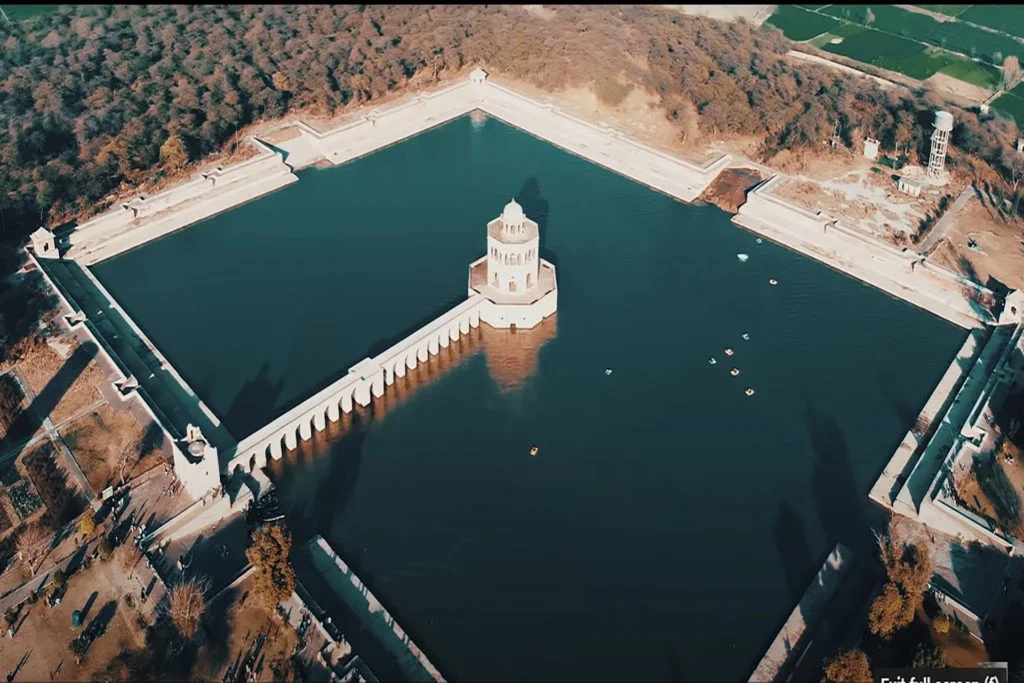Tilla Shah Graveyard, situated in the village of Naonabad, Taluka Jam Nawaz Ali, Sanghar District, Sindh, Pakistan, is a significant burial ground that holds historical importance for both the Kalhora and Talpur dynasties.
Approximately 8.46 kilometers to the southeast of Naunabad, this graveyard comprises nine structures, including eight burial sites and one trading (Tajjar) building with a roof structure. Within these structures, one can find a mix of ancient and contemporary tombs.
Unfortunately, these cemetery buildings with their precious frescoes are deteriorating rapidly and in a fragile state. Tilla Shah Graveyard is renowned as the final resting place for members of the Kalhora and Talpur dynasties, contributing to its historical significance in the region.
Tilla Shah Graveyard Location
Tilla Shah Cemetery is located near the village of Naonabad in the southeast and 8 km from the town of Jam Nawaz Ali to the southeast. The connecting road leads to the necropolis from Jam Nawaz Ali in Sanghar District of Sindh.
Construction and Design of Tilla Shah
The tombs within the cemetery showcase remarkable Kalhora-period architecture. These structures are adorned with intricately painted walls, featuring a blend of Islamic and Mughal artistic styles. The walls of the tombs are a canvas for various art forms, including calligraphy, depictions of love stories, representations of fruits, birds, fish, flowers, diverse geometric designs, and intricate vegetable and floral patterns.
The dusty road leading to the Tilla Shah Cemetery in Sanghar province stands in stark contrast to the rich historical tradition preserved within its boundaries. Tilla Shah was once the site of numerous tombs spanning different historical periods in Sindh. However, today, only 12 tombs have survived the test of time. Many of the tombs have disintegrated into piles of bricks, some are on the verge of disappearing, and others have succumbed to the effects of subterranean salinity.
Situated near the village of Naonabad, just south of Jam Nawaz Ali town, the Tilla Shah necropolis encompasses an area of approximately two hectares. It bears the name “Tilla Shah” due to the burial of a local saint, Tilla Shah, in the vicinity. Interestingly, the tomb predated Tilla Shah and the shrine associated with him. It’s possible that the shrine was constructed at a later time, whereas the tomb had been connected to him earlier.
However, it is the uniqueness of this tomb that stands out. Adorned with vibrant textures and frozen wall paintings featuring calligraphy, this tomb is a testament to the grandeur of Sindh’s past. All the tombs within the site are adorned with beautiful paintings, showcasing exquisite geometric patterns and floral designs.
Tilla Shah Graveyard History
The frescoes in these tombs boast an impressive array of artistic elements, including a variety of leaf designs, stalactite patterns, arabesque motifs, floral patterns, intricate charms, and elegant vases. These features highlight the prominence of calligraphy among the Sindhi artists of the Kalhora and Talpur periods.
The murals found at Tilla Shah Graveyard also bear the influence of Islamic, Mughal, and Persian art, including Rajasthani or Rajput influences. The adornments depicting Mughal attire, chrysanthemum flowers, and lilies of the field serve as a testament to this artistic influence.
Within one of the tombs, you can find inscriptions of two names, Mian Dolat Khan and Haji Khan, executed in calligraphy. It is believed that Dolat Khan was Haji Zaee Marri, who held the position of commander under the Kalhora rulers. Thus, this burial site is associated with the Haji Zaee Marri tribe.
Unfortunately, the monuments and structures at Tilla Shah Graveyard are rapidly vanishing. The pneumatic paintings on the walls are fading, and the frescoes are deteriorating. This poignant narrative of a fading heritage underscores the urgent need for the preservation of this invaluable cultural and historical treasure of Sindh.
The two Talpur Mir tombs known as Qubba Mir’s Shahdad have 8 stone tombs, 3 brick mosques, two curvilinear roofs, and inscribed stone tombs. Most of these tombs date back to the first half of the 19th century, but the following two tombs date to the 17th and 18th centuries respectively: –
- Mian Nasir Muhammad Mir Fatah Ali Bin Hutak A.H.1105 (1693 A.D.)
- Mian Nasir Muhammad Mir Shahdad
Bin Hutak Talpur Qaum Baloch A.H.1147 (1734 A.D.)
Some of these tombs are excellent examples of soft and refined stone carvings, especially those of Mian Nasir Muhammad mentioned above.
In one of the mosques, colorful paintings depicting Islamic shrines can be found. These paintings adorn the interior wall on the western side.







